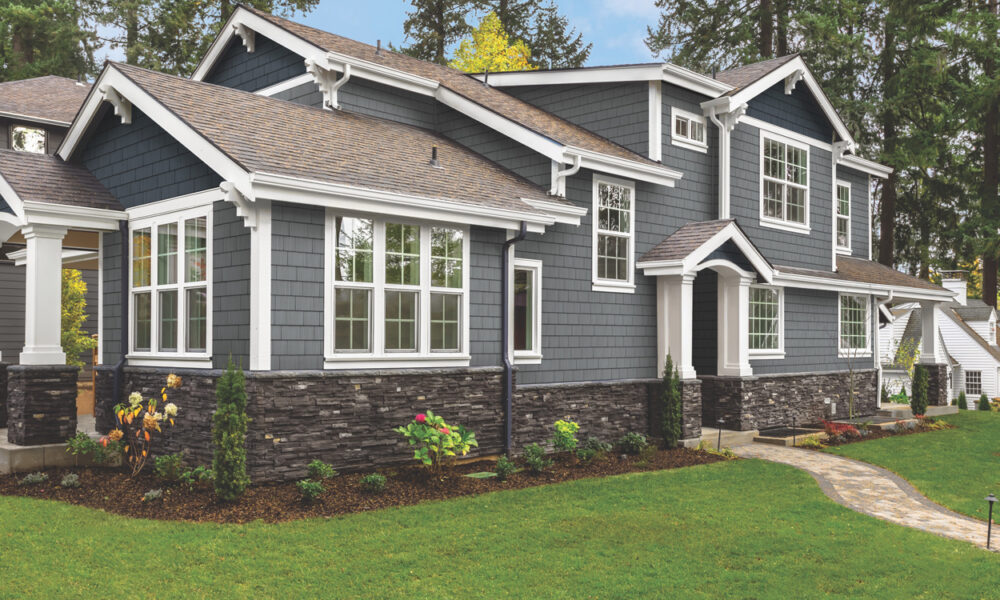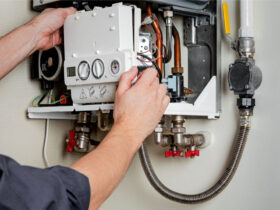Vinyl siding is one of the most popular choices for homeowners looking to upgrade the exterior of their homes. Known for its durability, low maintenance, and aesthetic appeal, vinyl siding offers a wide range of benefits. Whether you’re building a new home or replacing the old sliding, vinyl is an excellent option that provides both style and function. Here’s everything you need to know about vinyl siding installation, from its benefits to the installation process.
Why Choose Vinyl Siding?
- Durability Vinyl siding is incredibly durable and resistant to the elements. It can withstand extreme weather conditions, including heavy rain, snow, and high winds, without cracking, warping, or fading. Unlike wood, vinyl doesn’t rot or attract insects, making it a long-lasting option for homeowners.
- Low Maintenance One of the main reasons homeowners choose vinyl siding is its low maintenance. Unlike wood siding that requires periodic painting or staining, vinyl siding maintains its color and appearance without much effort. It’s resistant to mildew, mold, and fading, and regular cleaning with soap and water is typically all that’s needed to keep it looking fresh.
- Energy Efficiency Many modern vinyl siding products come with insulation properties that help improve a home’s energy efficiency. Insulated vinyl siding helps reduce heating and cooling costs by providing an extra layer of protection against temperature fluctuations. This can lead to long-term savings on energy bills.
- Cost-Effective Vinyl siding is one of the most affordable siding options available. It offers excellent value for money, especially when compared to other materials like wood or fiber cement. The initial cost of vinyl siding is lower, and its longevity and low maintenance make it a cost-effective choice over time.
The Vinyl Siding Installation Process

- Preparation The first step in vinyl siding installation is proper preparation. This includes removing any old siding, cleaning the surface, and repairing any damage to the underlying structure. It’s essential to ensure that the walls are in good condition before installing the new siding.
- Measuring and Cutting Accurate measurements are critical for seamless vinyl siding installation. The contractor will measure the walls to determine how much material is needed and cut the vinyl panels to the appropriate size. Precision in cutting helps achieve a neat, professional look.
- Installation of Underlayment Before installing the vinyl panels, a moisture barrier or underlayment is often applied to the walls. This layer helps prevent water infiltration and acts as an additional insulation layer, which is especially important for improving energy efficiency.
- Panel Installation The vinyl sliding panels are then installed, starting from the bottom of the wall and working upward. The panels are interlocked and secured with nails or screws, ensuring that each piece fits snugly and securely. Special attention is paid to corners, windows, and doors to create clean lines and prevent gaps.
Vinyl siding is a practical and attractive solution for homeowners looking to improve their home’s exterior. With its durability, low maintenance, energy efficiency, and wide range of styles, it’s no wonder vinyl siding is one of the most sought-after choices for residential properties. While the installation process is intricate, hiring a professional contractor can ensure that the job is done correctly and efficiently, leaving you with a beautiful, long-lasting exterior that will enhance your home’s curb appeal for years to come.




